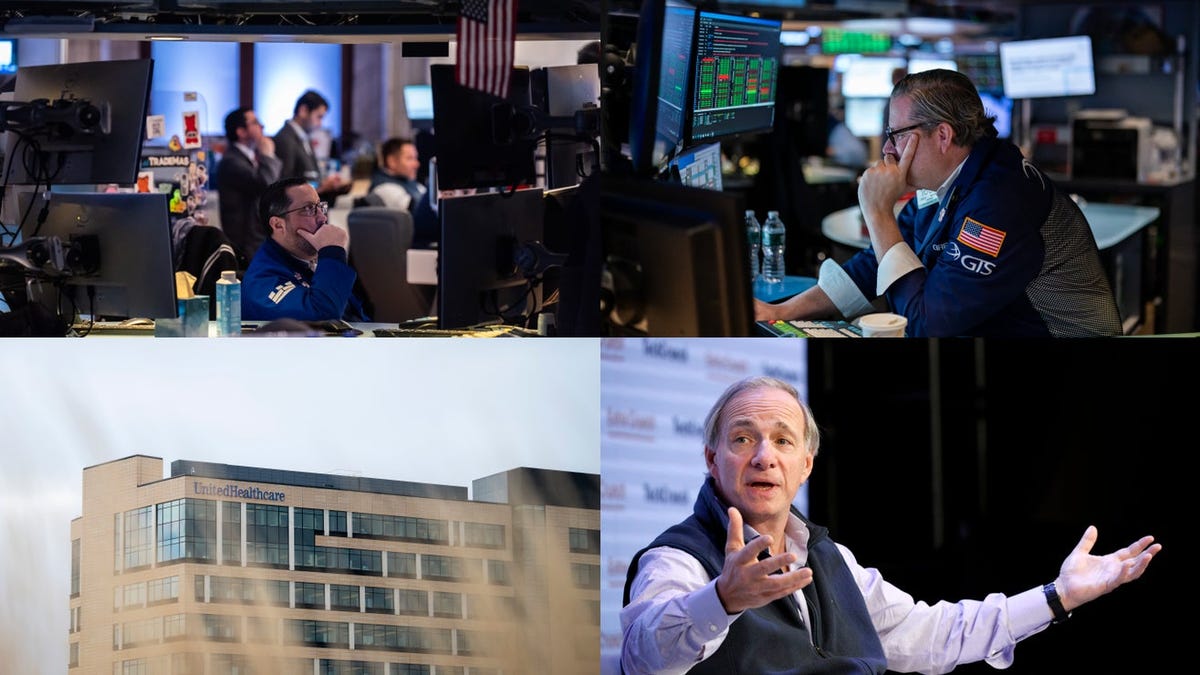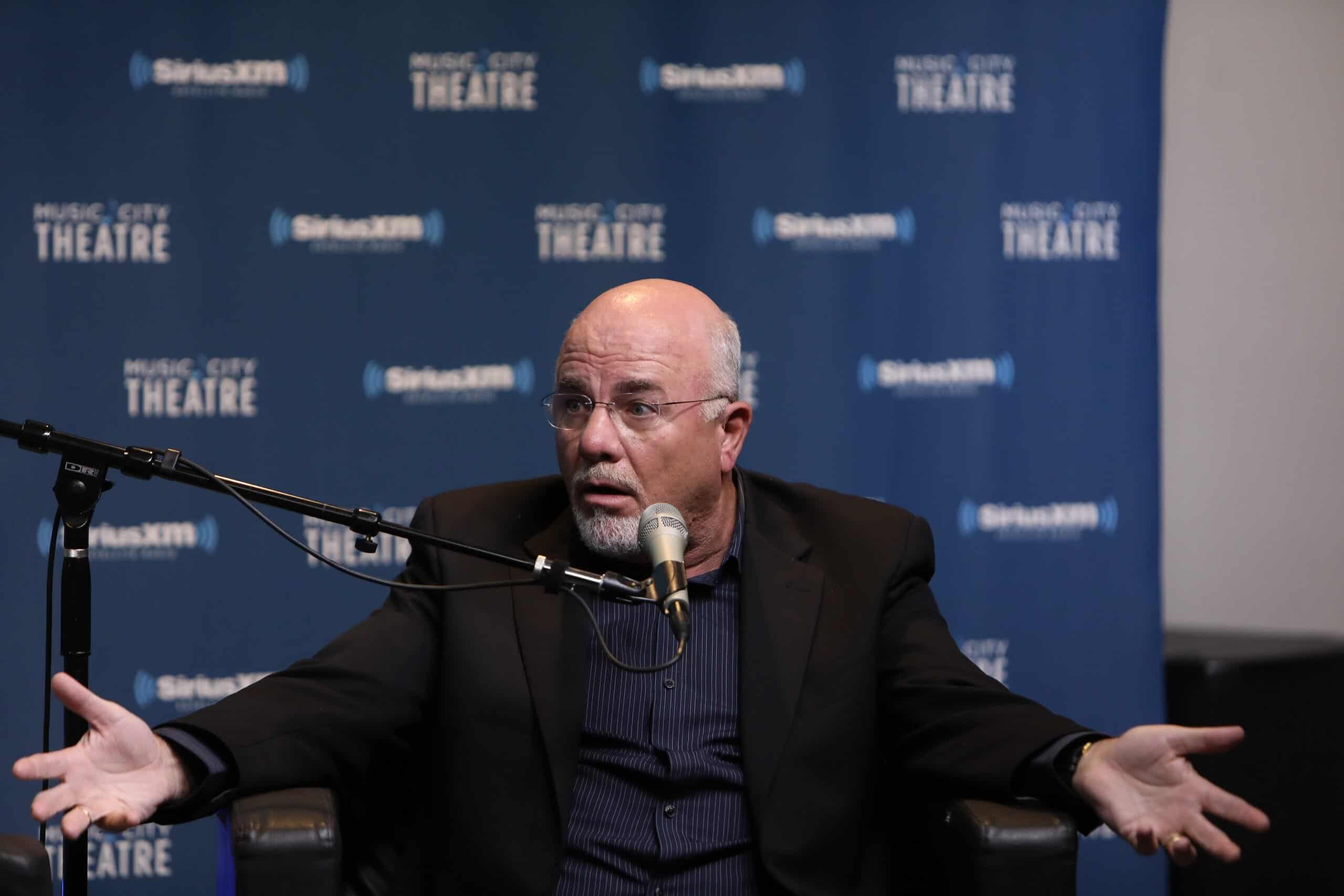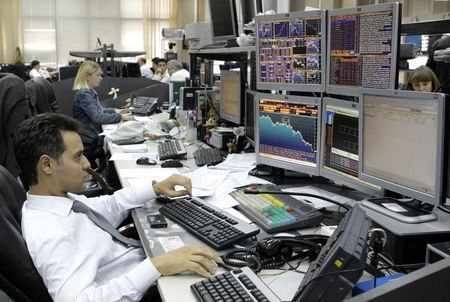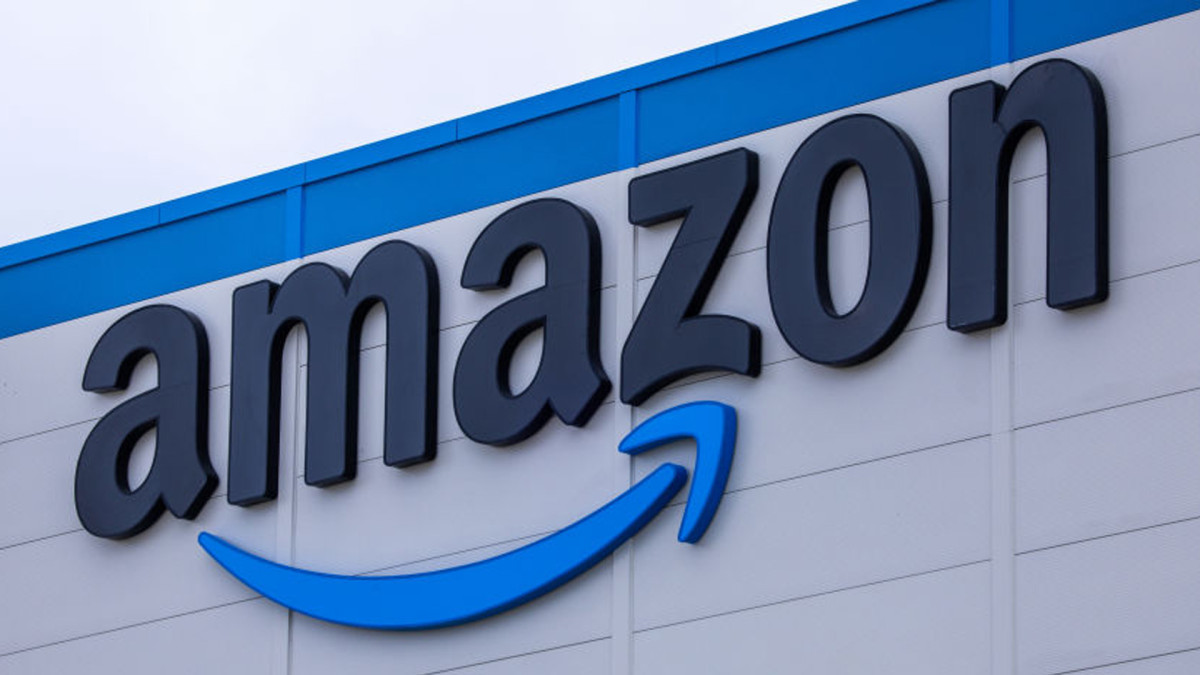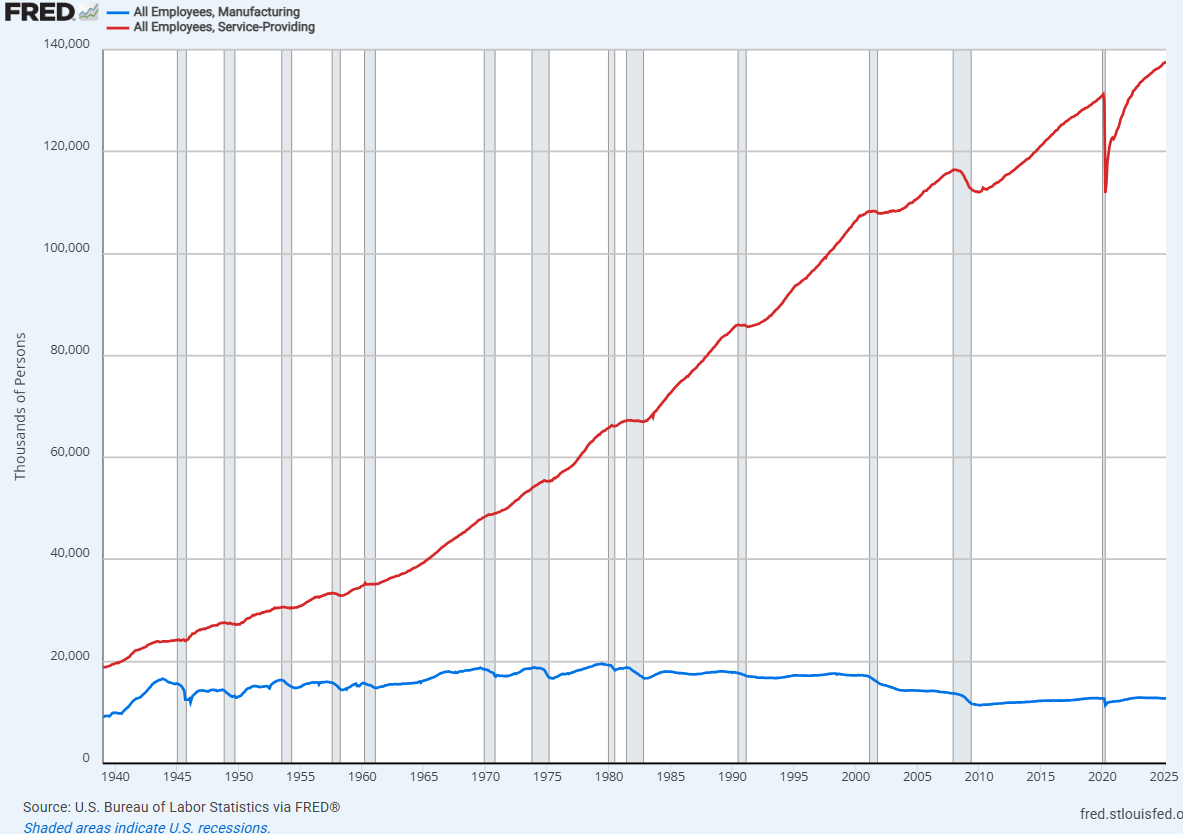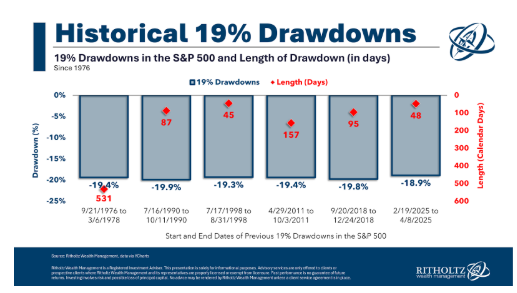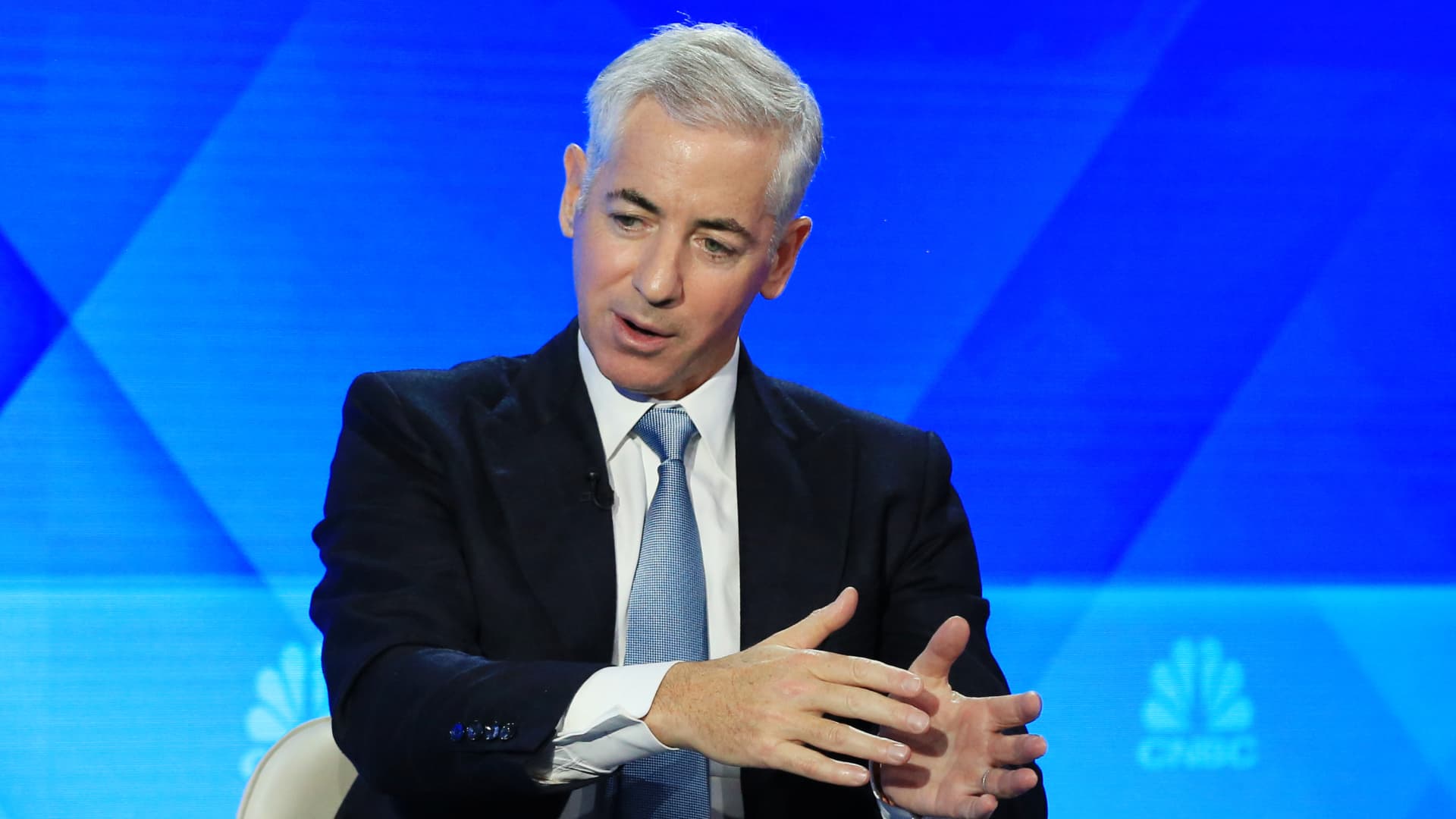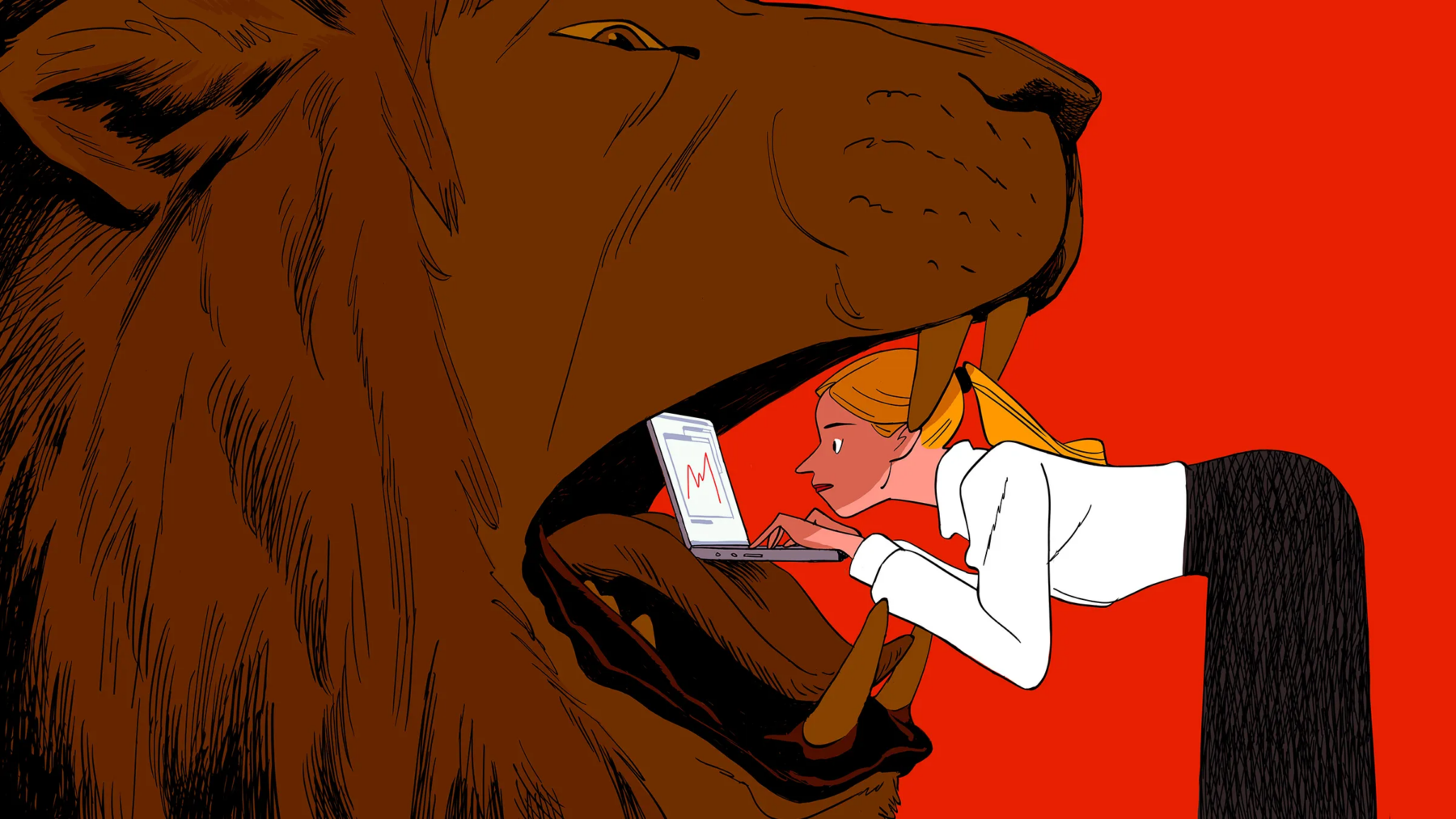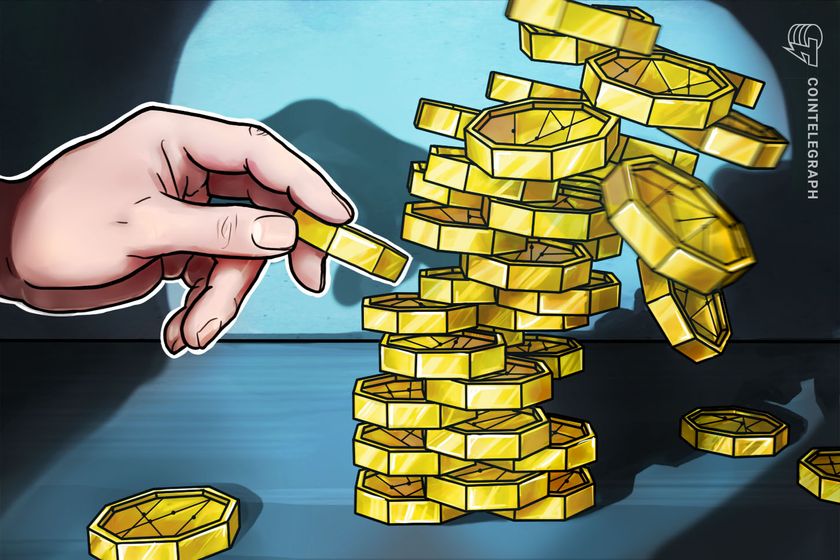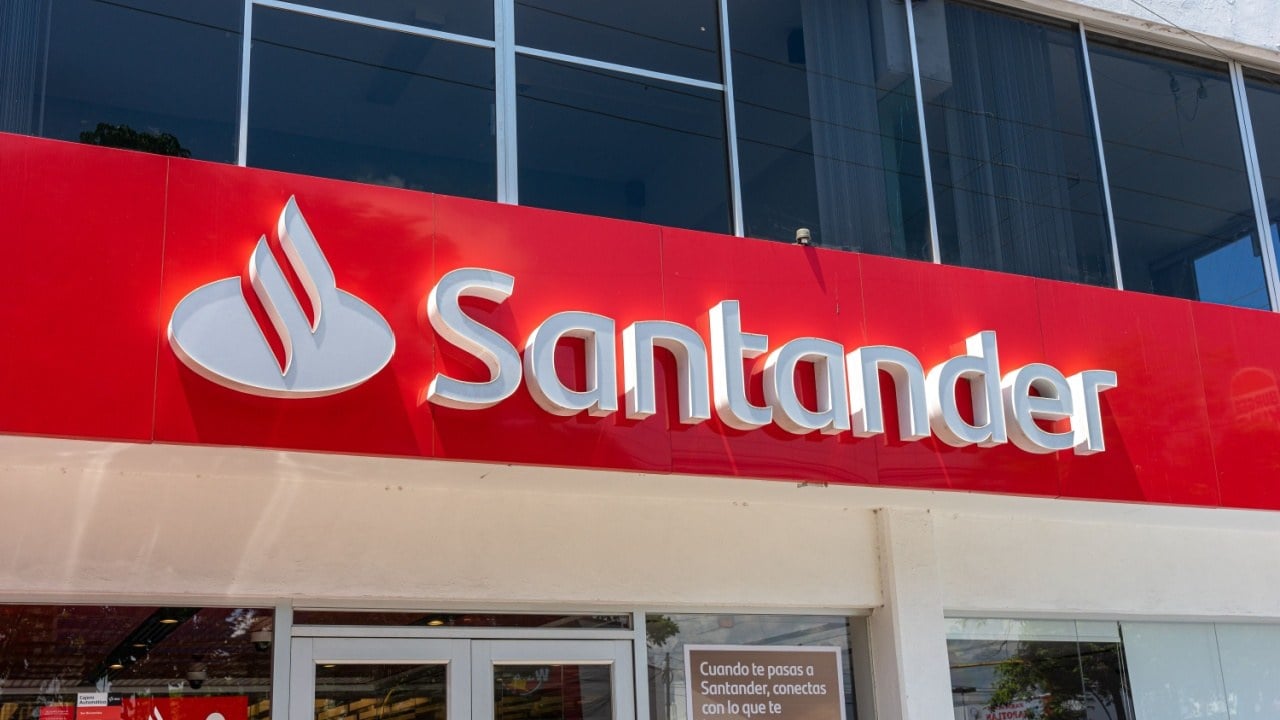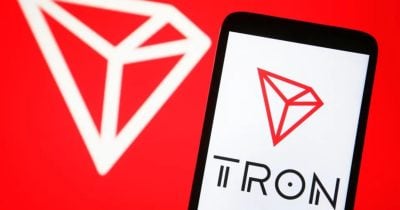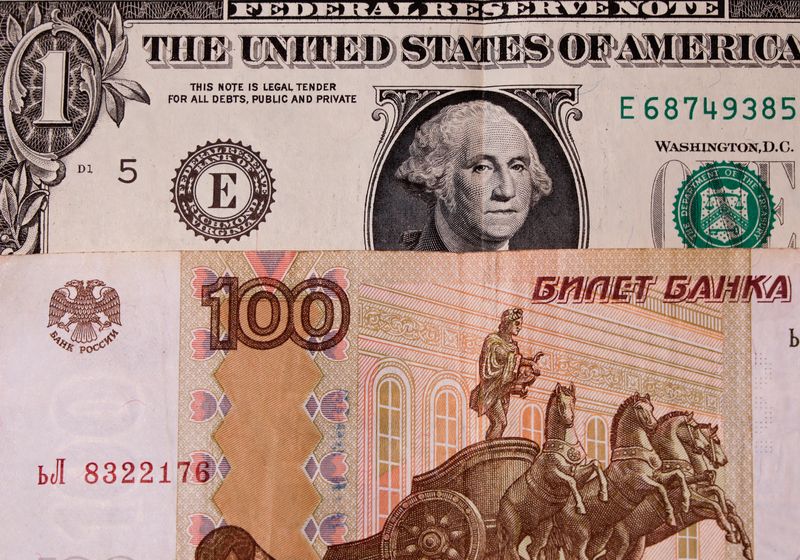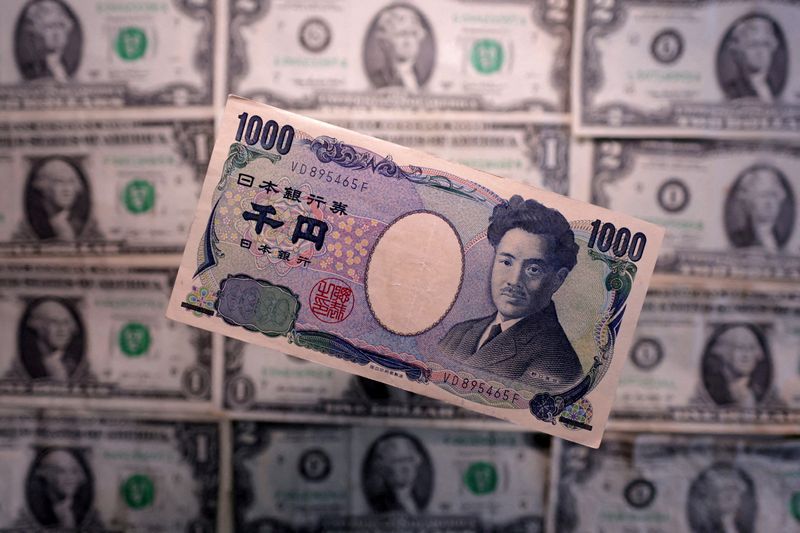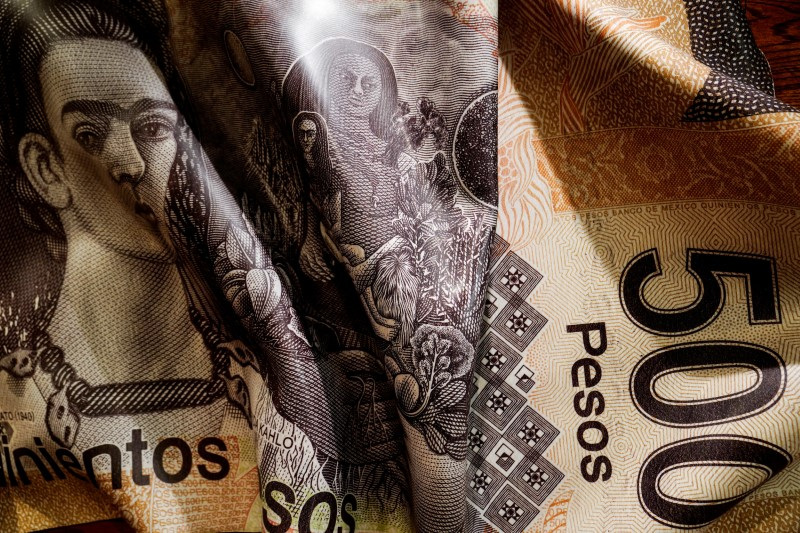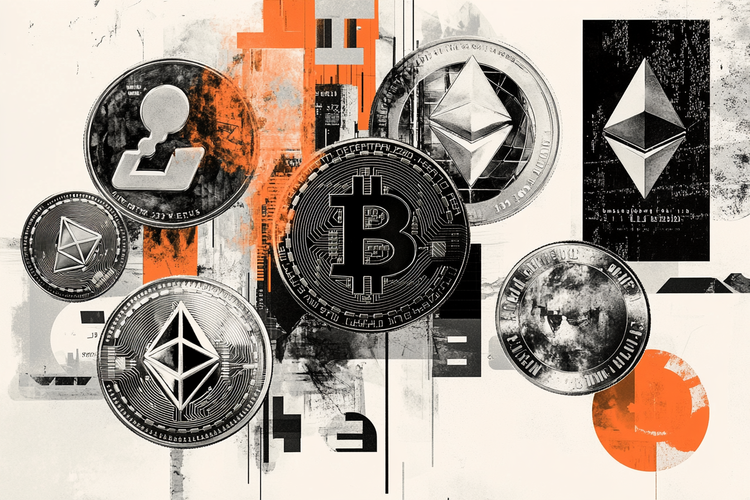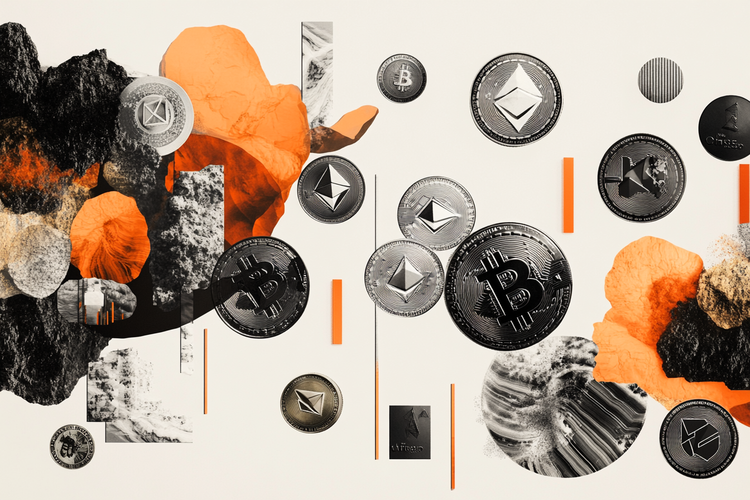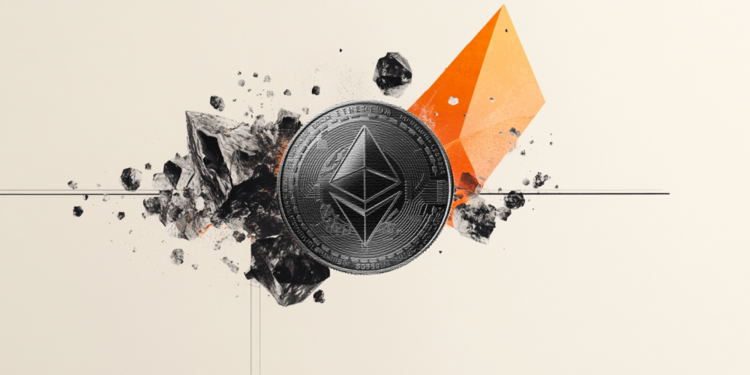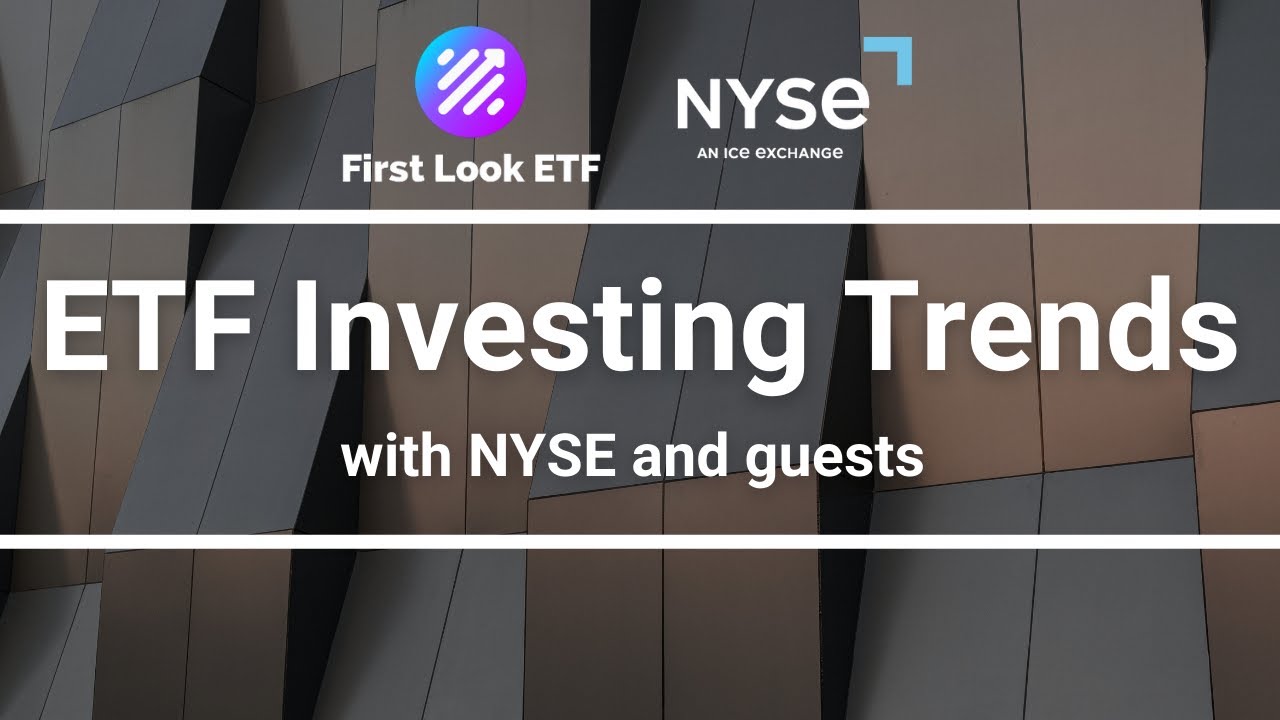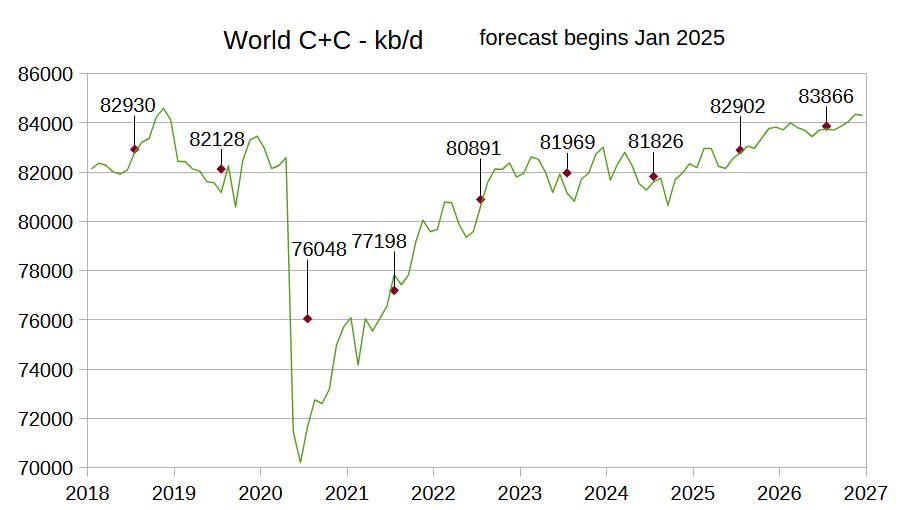How High Can QQQ’s PE Ratio Go? Current Levels and How It Compares to History
The Nasdaq Composite Index touched an all-time high in January. Despite tumbling shortly thereafter on fears that China’s DeepSeek AI would upset the artificial intelligence apple cart, it’s recovered nicely in February, and is currently within just a couple hundred points of its all time high. The Invesco QQQ Trust ETF (Nasdaq: QQQ), meanwhile, which […] The post How High Can QQQ’s PE Ratio Go? Current Levels and How It Compares to History appeared first on 24/7 Wall St..

The Nasdaq Composite Index touched an all-time high in January. Despite tumbling shortly thereafter on fears that China’s DeepSeek AI would upset the artificial intelligence apple cart, it’s recovered nicely in February, and is currently within just a couple hundred points of its all time high. The Invesco QQQ Trust ETF (Nasdaq: QQQ), meanwhile, which tracks the performance of the 100 biggest stocks on the Nasdaq, did hit an all time high just Friday, and is just a few small cents short of $540 a share.
And yet, at the same time, the Bureau of Labor Statistics is telling us that inflation ran hot in January, rising for a fourth straight month. Plus, President Trump is talking tariffs again (which tend to raise prices and stoke inflation), at the same time as he urges the Federal Reserve to cut interest rates (which also contributes to inflation!)
And now investors want to know: How high can the QQQ go? Especially in light of rising inflation, which is rarely a good thing for tech stocks such as dominate the QQQ? Does the ETF cost too much relative to its earnings? And what can history tell us about where the QQQ might be headed next?
Key Points
-
The QQQ ETF recently hit an all-time high.
-
Not only that, but only three times before in history has the QQQ ETF cost as much as it does today, when valued on price-to-earnings.
-
Historically, when the QQQ hit levels like these, it has crashed shortly thereafter.
-
Last year we published our “The Next NVIDIA” report that called Palantir before its epic run. The report is absolutely free and comes with 38 pages of in-depth research on top AI stock ideas. However, it’s only available for a limited time. Click here to learn more and grab your complimentary copy.
What history tells us
Let’s tackle the easiest to answer question, first.

The Nasdaq 100 price (which QQQ tracks) is currently at an all-time high, but thanks to rising earnings, the ETF’s price-to-earnings ratio, its P/E isn’t quite at an all-time high. (Although it is close). As reflected in the above chart, currently, the Nasdaq 100’s P/E stands at 37.3. The P/E hit higher highs at least three times before this, however, over the last 20 years, reaching P/Es of more than 38 in December of 2020 and 2024, as well as way back in December 2009.
Don’t let that make you overconfident, though. A 37.3 P/E is very pricey. If any given stock you own cost 37.3 times earnings (like the Nasdaq 100 does), but was expected to grow earnings at a long-term average of 12.8% (which the QQQ is expected to do, according to Morningstar data), you’d probably exclaim “but that’s a PEG ratio of nearly 3.0!” and hit the sell button immediately.
Notice, too, that although the Nasdaq 100 isn’t quite at an all-time high right this moment, it is very close. Plus, that chart up above makes it pretty clear what usually happens after the Nasdaq 100 climbs this steep a cliff: It promptly falls off the other side. It’s all but certain the QQQ would follow right along, and it might not climb back up for another decade or more.
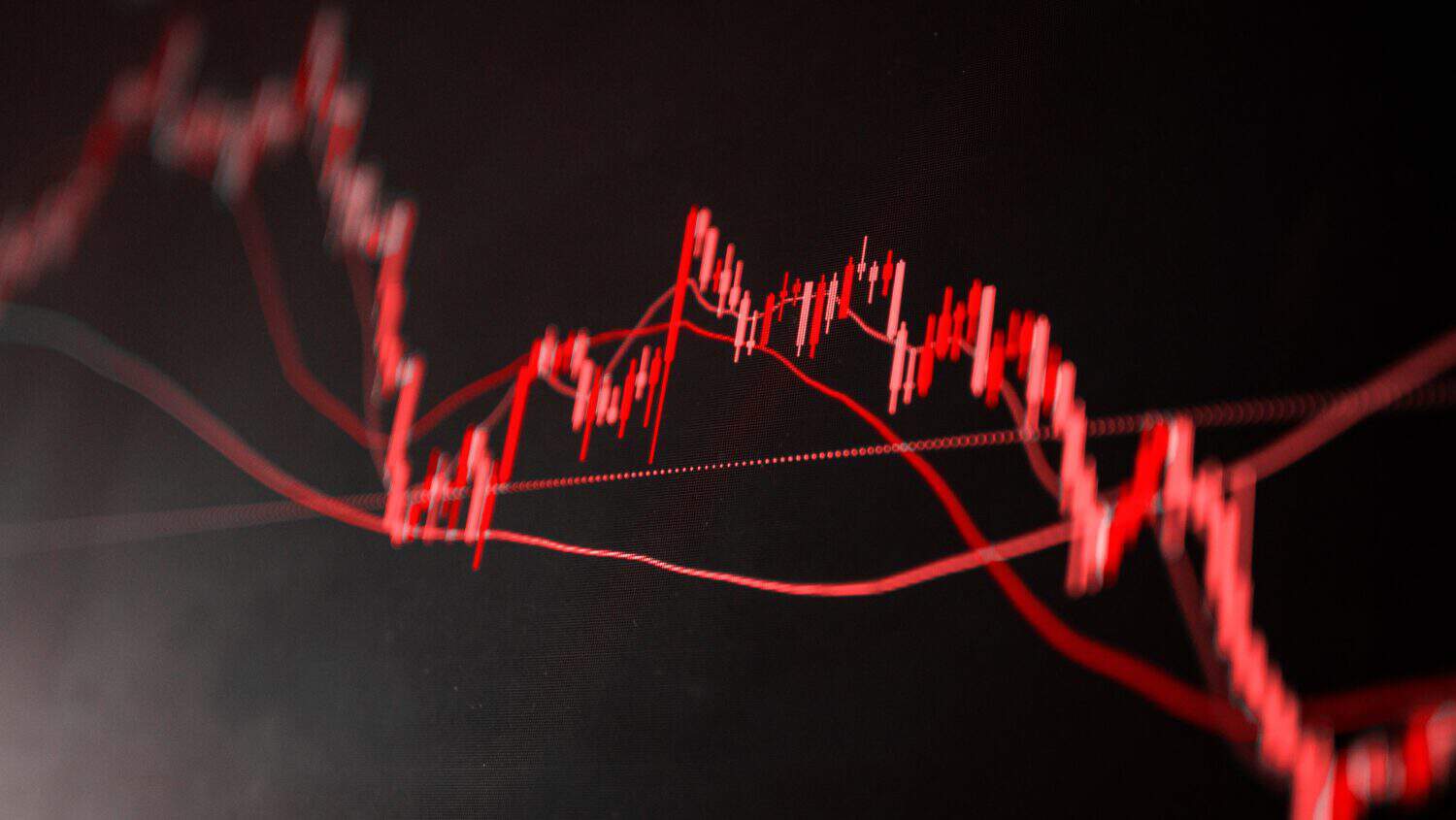
What history also teaches us
And yet, like the old saying goes, it’s hard to make predictions, especially about the future. The thing about stock markets, you see, is that just because something is expensive (and make no mistake, the QQQ looks very expensive) doesn’t mean it’s going to suddenly collapse.
While I don’t recall exactly at the time, I’m pretty sure that in the months leading up to the Nasdaq 100 hitting its P/E ratio of 38 back in 2009, plenty of pundits were saying the index was too expensive as it approached 30 times earnings, and 35 times earnings, and 37x earnings, too. I’m sure plenty of risk-averse investors sold out long before the index ever topped 38, and gave up some potential gains along the way.
But here’s the thing: They may not have called the top exactly, but big picture, they were still right to be cautious. And even if they sold well before the tech index maxed out, they probably saved themselves a wealth of losses by not holding onto it through its collapse from 38 times earnings in December 2009, all the way down to its nadir of 12.5x earnings in August of 2011.
So like another couple of old sayings go, sometimes “discretion is the better part of valor,” and also “better safe than sorry.” Being conservative in your investing, and selling an overpriced equity even if it could, theoretically, continue to go up a bit longer, can save you from incurring some unendurable losses when everything goes wrong.
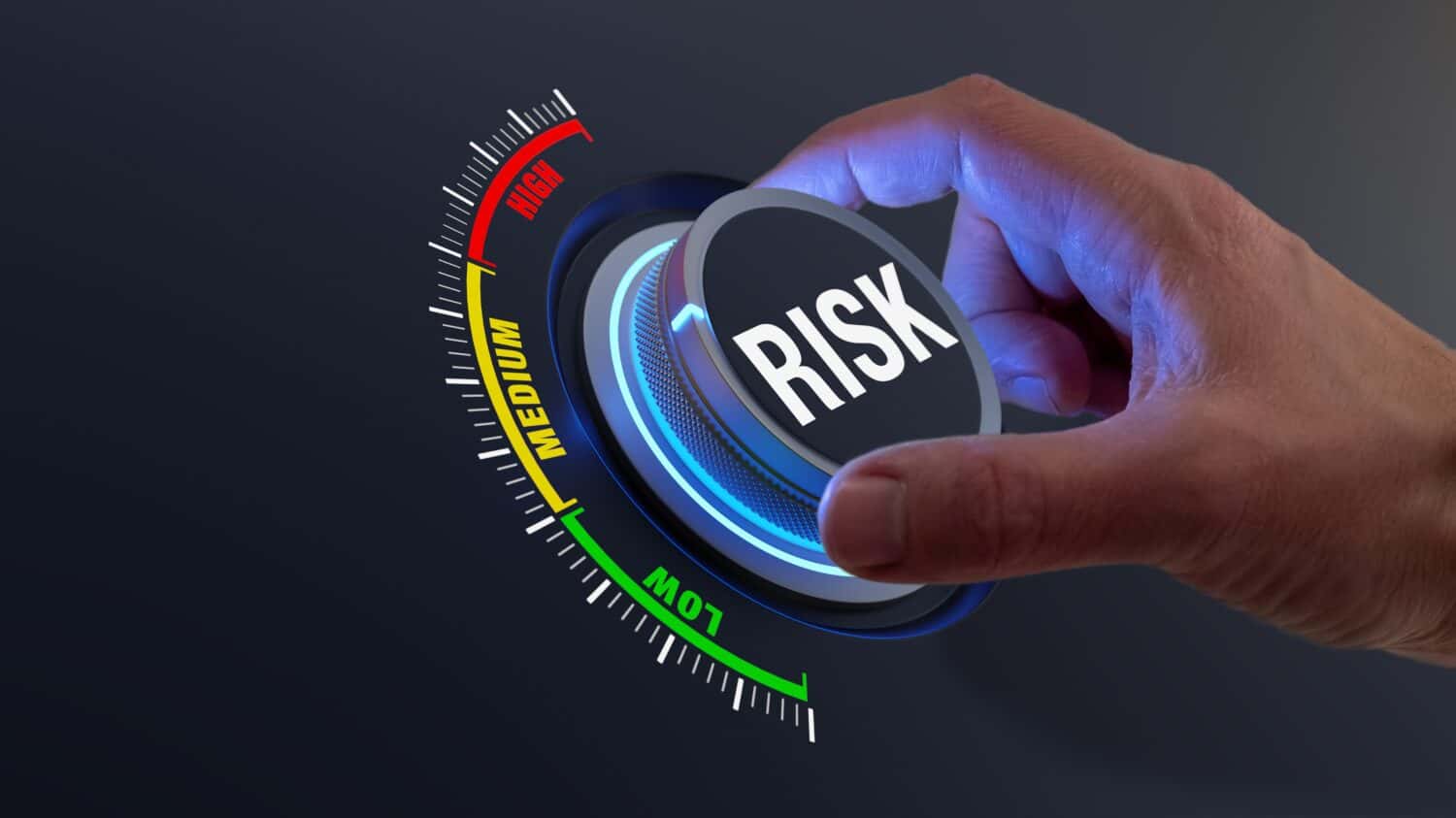
What you need to always keep in mind
Now, with apologies to Burton Malkiel, I don’t want to leave you with the impression that the stock market in general, or the QQQ in particular, just takes a “random walk” and that there’s no way to predict whether something will go up or down.
In fact, it is possible to predict up or down, albeit maybe not with 100% certainty.
Generally speaking, though, it’s safe to say that the cheaper a stock (or ETF, or index) is, the more likely it is to go back up towards its historical average, and the more expensive a stock (or ETF, or index) is, the more likely it is to go down.
In the case of the Nasdaq 100 chart up above, the usual price seems to average out a bit below 24x earnings, 23.6 to be precise, over the last 20 years. 23.6 is of course a lot lower than the current 37.3 valuation, 37% lower in fact. That doesn’t necessarily mean that the QQQ is due for a fall, and that you might wake up tomorrow to find all your tech stocks down 37%. However, it does strongly suggest that the QQQ is currently overvalued.
It might eventually fall to a point 37% lower than it is today. It might fall less… or it might fall more. But the odds certainly favor a fall at this time. I’d be very cautious about investing in tech stocks right now, and I wouldn’t even trust the diversification afforded by investing in 100 big tech stocks at the same time, to save you from the risk of buying into an overvalued market.
The post How High Can QQQ’s PE Ratio Go? Current Levels and How It Compares to History appeared first on 24/7 Wall St..

























